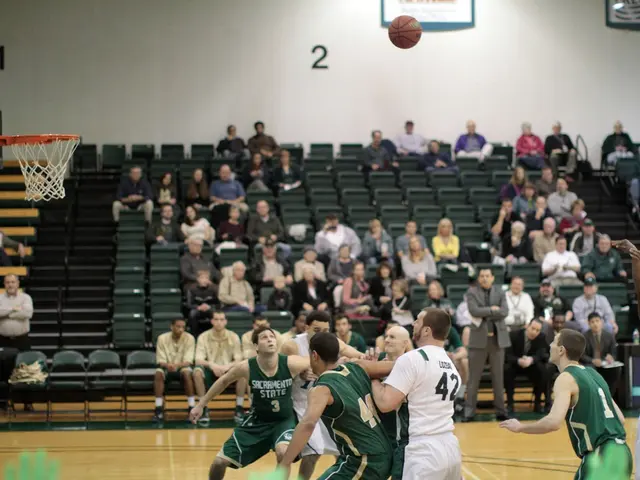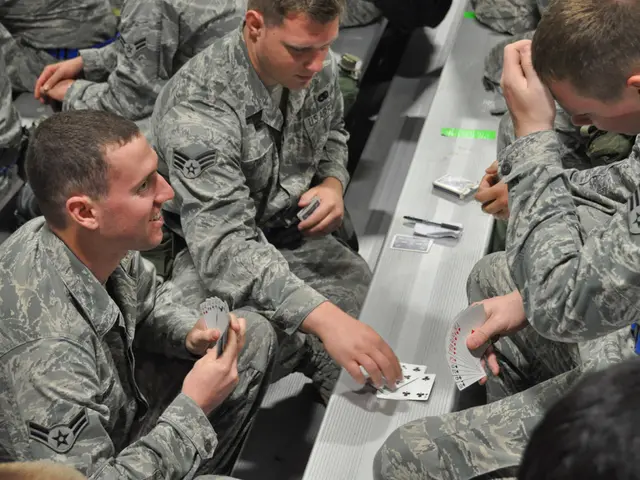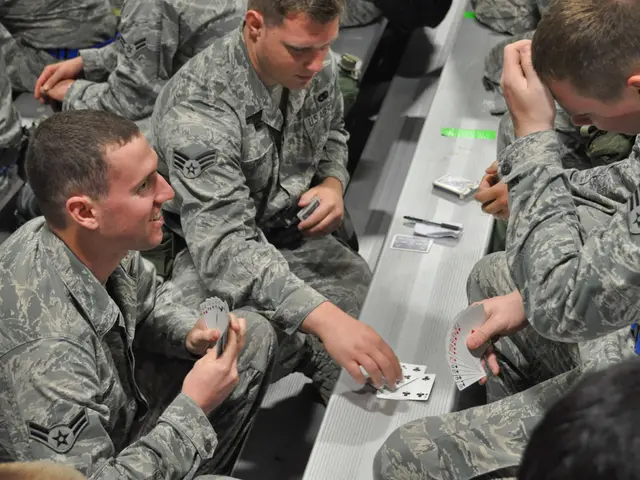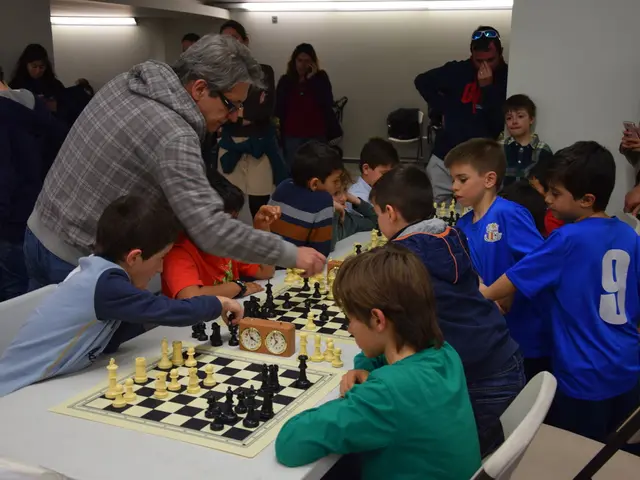Gateways to Alternate Realities or Interdimensional Tunnels
=====================================================================================================
In the vast expanse of our universe, the concept of interdimensional travel has long captivated the minds of scientists and the public alike. This intriguing notion revolves around the idea of moving between different dimensions or universes that exist beyond our current understanding of reality, a realm that often intertwines with theoretical physics and quantum mechanics.
One of the most intriguing theoretical constructs in this field is the Einstein-Rosen bridge, also known as a wormhole. This mathematical possibility emerges from the Schwarzschild metric, a spacetime geometry describing the gravitational field around a spherically symmetric, non-rotating mass. The Einstein-Rosen bridge is essentially a "shortcut" or "tunnel" through spacetime, connecting two distant points in the universe.
The Schwarzschild radius, or the event horizon of a black hole, plays a crucial role in the formation of the Einstein-Rosen bridge. When the distance from the black hole's centre (r) equals 2GM/c^2, a wormhole can potentially form. This fascinating concept has been the subject of much debate and speculation in the scientific community.
String theory, a field pioneered by physicists such as John Schwarz, Michael Green, and Edward Witten, offers a potential framework for interdimensional connections. This theory posits that the fundamental building blocks of our universe are not particles, but tiny, vibrating strings. String theory also suggests the existence of extra dimensions beyond the familiar three spatial dimensions and one temporal dimension.
However, experimental verification of these theories remains elusive. While books like Brian Greene's "The Elegant Universe" and Max Tegmark's "Our Mathematical Universe" provide in-depth explorations of string theory and the multiverse theory, respectively, the reality of interdimensional travel remains firmly in the realm of speculation.
The multiverse theory proposes the existence of multiple universes or "parallel realities," each with its own set of physical laws and constants. The idea of portals or wormholes connecting these different dimensions or realities is an exciting and thought-provoking topic, both in theoretical physics and popular culture.
In 1988, theoretical physicist Kip Thorne, along with Michael Morris and Ulvi Yurtsever, explored the possibility of using wormholes for time travel in their paper "Wormholes, Time Machines, and the Weak Energy Condition." This groundbreaking work further fuelled the debate about the potential for interdimensional travel.
The possibility of a multiverse and the role wormholes might play in connecting parallel universes was also explored in a 2014 article in The Guardian. Meanwhile, the documentary "UFOs: Past, Present, and Future" delves into the speculative future implications of interdimensional travel, reflecting the ongoing fascination with this topic.
Despite the captivating nature of interdimensional travel, it's essential to remember that much of what we know is theoretical. The concept of trans-luminal velocity craft, for instance, is still purely speculative and far from practical reality. As we continue to explore the mysteries of our universe, the idea of interdimensional travel will undoubtedly remain a fascinating and intriguing topic for scientists and the public alike.








